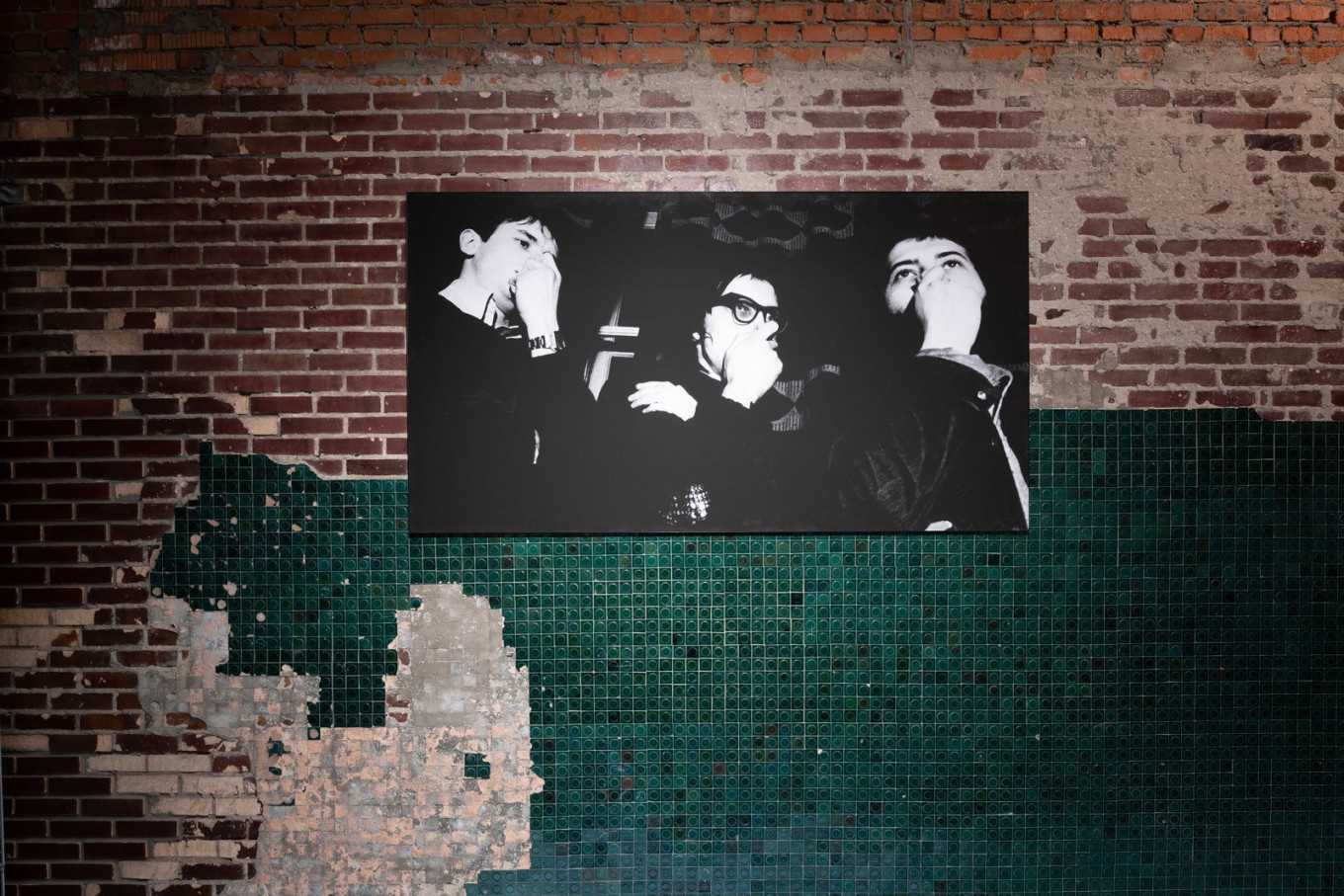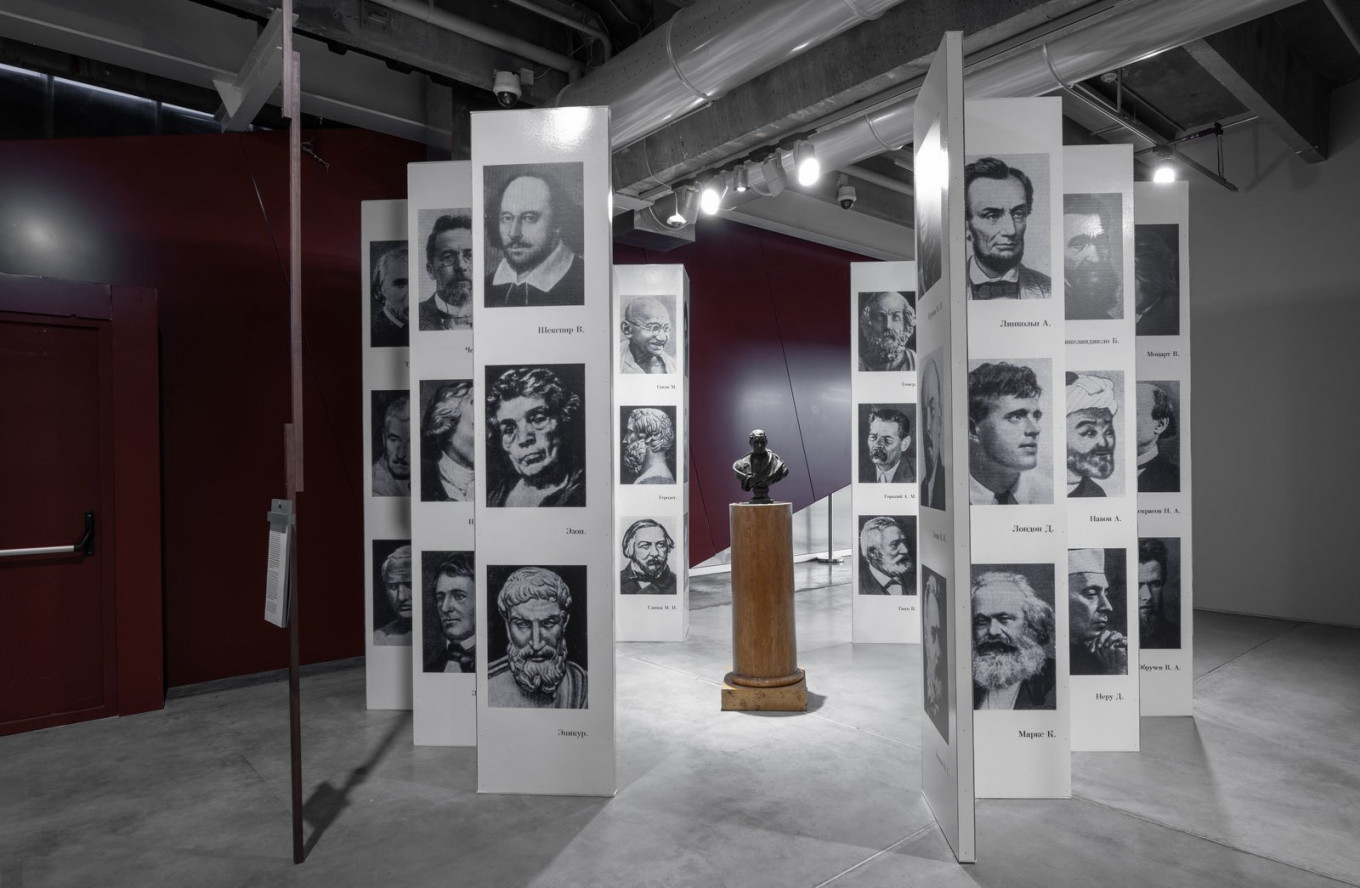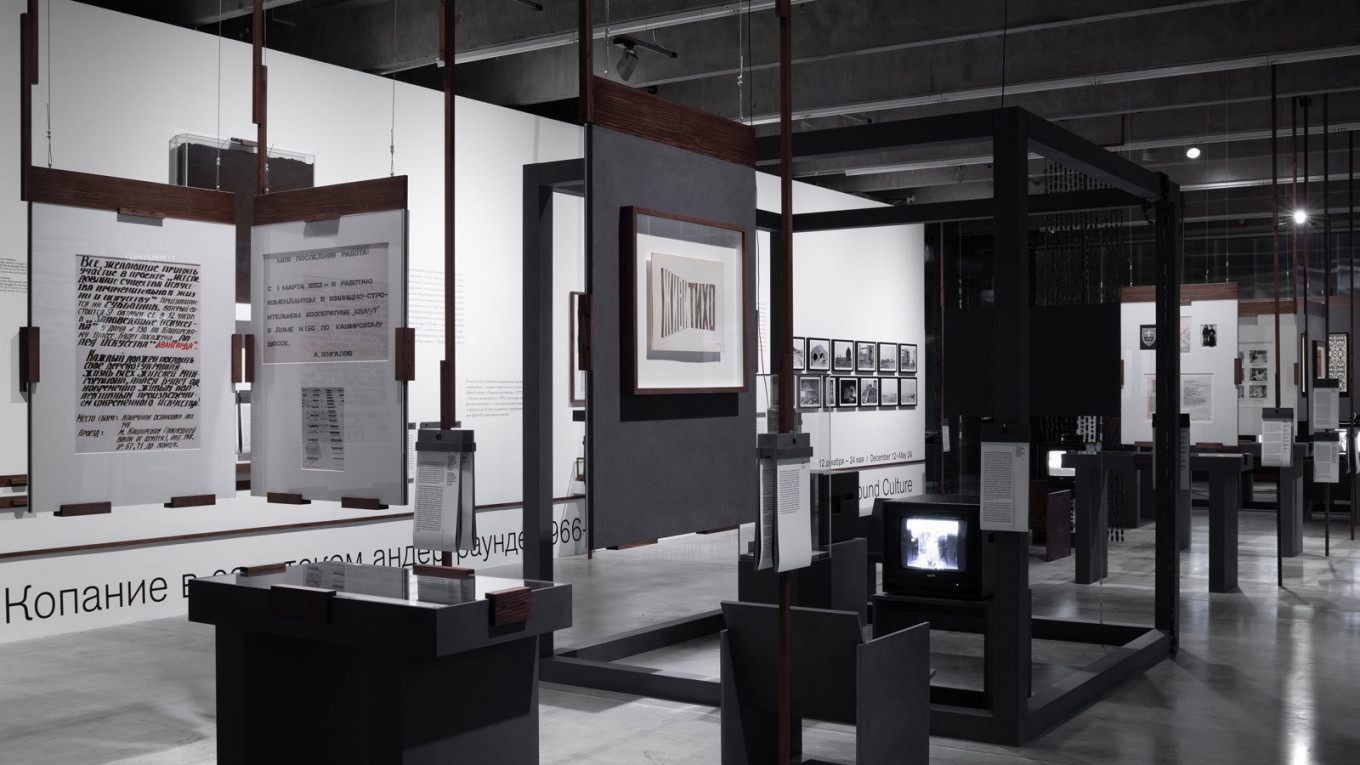In the late Soviet period, urban children played a game called sekretiki — little secret treasures. Children — mostly little girls — would gather little objects: flowers, leaves, pretty candy wrappers, ribbons and the like. Then they would search for a nice piece of glass —part of a broken bottle, green, pale blue or transparent. They would dig a little hole in a corner of the courtyard or street where no one could see them, arrange the found objects to make a nice tableau, and then cover it carefully with the glass. They would then pack dirt around this buried picture to hold it in place and sprinkle a fine dusting of sand and dirt over the glass so that no one would notice it. After it was done, they’d invite one or two close friends to come see their sekretiki. This was something of an honor; you’d only let a close friend see your treasure.
Little boys sometimes made sekretiki, too, but — according to women who played sekretiki in their childhoods — the boys usually tried to find their friends’ sekretiki and destroy them.
Curator Kaspars Vanags with Valentin Diaconov, Andrei Misiano, and Sasha Ovukhova used the name of these secreted treasures in the title and premise of their show at the Garage Museum of Contemporary Art, Sekretiki: Digging Up Soviet Underground Culture, 1966-1985.
The title and allusion is apt. During the late Soviet period, non-conformist artists hid their work from public and official view. Exhibitions, performances, “happenings,” videos, art, photographs, hand-made books and clothing were shown in private apartments, studios or far out in the countryside, shared with a relatively small inner circle of friends and fellow artists. Their sekretiki were often made of found objects — bits of yellowing paper or fabric, cardboard boxes, black and white photographs hand-printed on poor paper — but were very dear to the hearts of their creators.

A second theme of the underground and the exhibition is the hidden world of esoterica. In the Soviet Union, where religion was an opiate, psychology was punitive, and science was the reigning God, many people longed for some form of spirituality or self-realization. The exhibition shows interest in yoga and other largely Eastern spiritual practices, such as samizdat translated books on Eastern religions, books on Russian folk medicine, meditation, and other methods of self-realization forbidden by or foreign to Soviet ideology.
The show is arranged to suggest individual secret worlds. There are small nooks created out of stands, drawers containing art and artefacts visitors can pull out of walls, chairs next to glass-covered tables containing books and other objects or in front of televisions and videos. In one case, Rimma and Valery Gerlovin have arranged a little pile of black sacks labeled, in Russian and English, “Object from Planet FC-9X,” or “A Source” or bits of identification such as “Evident Indication.” Several stands display an absurdist contract to clean an apartment. A series of photographs show an artist with stones balanced on his head. Another set of photographs show an expedition to an empty site to bury a time capsule. There are embroidered jeans, books on spiritualism translated from Chinese into Lithuanian and then into Russian; a sex video; Dmitri Prigov’s “book” entitled “The One Thousand and Forty Second Little Casket of Rejected Poems,” typed on thin paper with the pages stapled together; paintings by Vyacheslav Akhunov commanding LIVE QUIETLY and BREATHE QUIETLY. Among the other artists and groups represented are Armen Bugayan, Andris Grīnbergs, Collective Actions, TOTART, Gnezdo (Nest), Mukhomor (Toadstool), and Pertsy (Peppers).

The overall impression of the exhibition is of hidden societies within the larger Soviet society, each fantastically active and creative, with its own strange and sometimes comical rituals, using the meager resources on hand to create a meaningful commentary, art, literature or public performance.
At the end of the exhibition is an installation by Yan Ginzburg called “The Room of Geniuses” made of stands holding the images of the people — almost all men — whom the Soviet regime considered geniuses. In an odd way, the piece seems like an interface between the Soviet official and unofficial worlds of the exhibition: an installation that is slightly claustrophobic and vaguely ridiculous. You walk out of it, not sure if you are meant to laugh or applaud.
Footnote from the curator
Over the course of a month, Garage opened four shows: Monika Sosnowska. Exercises in Construction, Bending; We Treasure Our Lucid Dreams. The Other East and Esoteric Knowledge in Russian Art 1905–1969; Atelier E.B: Passer-by; and Sekretiki: Digging Up Soviet Underground Culture, 1966–1985.
Vastly different in subject matter and only loosely connected by time period — all four shows explore aspects of official or unofficial art in the Soviet period — the shows, all the same, seem related. The Moscow Times asked senior curator Katya Inozemtseva to discuss the overall curatorial concept.
First of all, she noted that all the shows were the result of Garage Field Research grants or research that allowed the curators to dig, explore, and unearth parts of the past that were forgotten or never known. In particular, “Sekretiki was made from dust, from small, insignificant artifacts and documents held in various archives and private collections. They served as the start to an enormous story. It is an optical metaphor – to spy, dig up what hadn’t been noticed — that is the key driver of the entire show.”
The second aspect that connects them is the mystical or esoteric interests of the artists. “We wanted to tell the story of Russian unofficial art...through the prism of various mystical and esoteric interests. In “Dream” it was more clearly articulated; in “Sekretiki” it’s small fragments of a larger story. But all the same, these artists were interested in shamanistic practices, various Eastern spiritual practices. This was a rather big part of many artists’ lives.”
Indeed, one of the overarching goals of the curators was to reframe or re-annotate the history of 20th century Russian art. It is dominated, if not defined, by the avant-garde that appeared in the late 19th and early 20th century. “We tried to move off that well-trod path of left avant-garde art,” Inozemtseva said, by shining the light on spiritual art and Eastern traditions in art. “They are part of Russian art that went unnoticed, that slipped by, that were not considered part of the canon.”
“For the first time, at Garage we have a set of exhibitions that focus on what seems to be insignificant,” she said. “We intentionally moved from the macro view to close examination, excavation, revelation – a different way of looking. That is also what unites all the shows.”
Sekretiki will run until May 24.
Garage Museum. 9 Ulitsa Krymsky Val. Metro Oktyabrskaya, Park Kultury. Garagemca.org
A Message from The Moscow Times:
Dear readers,
We are facing unprecedented challenges. Russia's Prosecutor General's Office has designated The Moscow Times as an "undesirable" organization, criminalizing our work and putting our staff at risk of prosecution. This follows our earlier unjust labeling as a "foreign agent."
These actions are direct attempts to silence independent journalism in Russia. The authorities claim our work "discredits the decisions of the Russian leadership." We see things differently: we strive to provide accurate, unbiased reporting on Russia.
We, the journalists of The Moscow Times, refuse to be silenced. But to continue our work, we need your help.
Your support, no matter how small, makes a world of difference. If you can, please support us monthly starting from just $2. It's quick to set up, and every contribution makes a significant impact.
By supporting The Moscow Times, you're defending open, independent journalism in the face of repression. Thank you for standing with us.
Remind me later.







